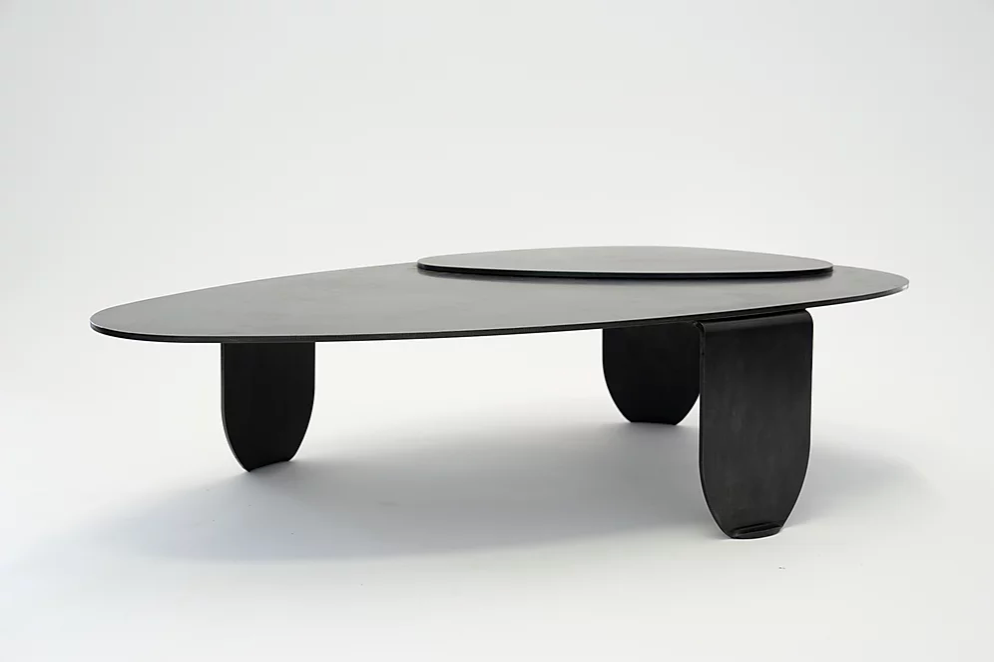Pandemic or no, projects are still underway, and designers across the country are scrambling to answer a simple question: Who’s still selling what? Amid a patchwork quilt of regulations that vary state by state, some trade vendors are on pause, some are merely slowed down, and others have ground to a halt. Deciphering a confusing landscape for product has occupied many designers’ days (and nights) over the past few weeks.
This issue is top of mind for Matt Berman, one of the founding principals of the New York–based firm Workshop/APD. “A lot of us still have projects that are moving forward, and the client wants to keep pushing as much as possible,” he tells Business of Home. “I mean, everybody realizes the realities, but obviously they want to get into their homes as quickly as possible.” So the team at Workshop/APD came together to build WAPD Design Resources, a Google Sheet that lists various businesses and their current operational capacities, along with contact information and notes.
“There were a few documents percolating, but not a mass, shared resource,” says Lisa Jasper, director of marketing and public relations at the firm. “Matt had been discussing COVID-19 challenges with a few different groups for weeks and mentioned his idea for a Google sheet during a Design Leadership Network forum group conversation. We decided open-source was the only way that it could work at this point, knowing it would be a massive responsibility for any one group to administer.”
It was simple: A Google Sheet can be viewed publicly—and easily shared. All the Workshop/APD team had to do was create the template and send the list to their network, and it spread. The sheet currently includes more than 250 entries of businesses, ranging from large companies like Stark Carpet to individual artisan furniture makers. At least once a day, Workshop/APD checks in on the document to alphabetize it, but otherwise, it’s a relatively hands-off resource.
To get the word out, Jasper tapped into her network of New York–based PR professionals in the industry, all of whom had all been looking for ways to share the information included in the sheet for their clients. “This is a real ‘it takes a village’ project,” says Jasper. “It’s about the collaborative spirit and cooperation among colleagues as well as competitors, which is beautiful.”
WAPD’s Design Resources speadsheet isn’t the only designer-led initiative that’s sprung up to meet the needs of the moment. New York–based designer Brad Ford has served as a quasi-conduit for small makers ever since his multiline showroom Fair was founded as a trade resource in September 2015. He views Fair’s role “as a small business that represents a lot of small businesses.” In communicating with his network of craftspeople, Ford has discovered that many makers, both domestic and abroad, are able to work—largely due to the fact that many run their businesses from home workshops and studios. Amidst the first wave of government-mandated pauses on nonessential businesses, it seemed to Ford that these designers could use a spotlight. The result is “A Maker Moment,” an online series that taps into Fair’s network of artisans. Each day on its website and Instagram, the platform releases a profile or two, allowing for a closer look into the artisan’s craft, and the unique personalities behind the scenes.
At a time where designers are searching for workarounds to keep projects going, resources like Ford’s series or Workshop/APD’s spreadsheet are bridges linking designers to vendors that can fill the gaps in production cycles. Moses and Lara Nadel, the husband-and-wife team behind Moses Nadel, a New York–based leather goods company, have been filling orders by working out of their basement in Sea Cliff, Long Island; Jake Szymanski, a Bronx-based furniture designer, has also been able to fill orders from his studio. “We are no exception to the situation, but at the same time we have been able to work within those rules by shifting our working style a little bit,” he says.
Across the board, community support that underpins resources like these is being felt throughout the industry. Uncertainty, it seems, has made once-unthinkable conversations and collaborations suddenly commonplace. “There’s a camaraderie among competitors—not only on the vendor side but on the service side too,” says Berman. “I talk to my fellow designers and architects and we share, frankly, what we probably never would have shared before. We talk about layoffs, we talk about budget cuts. To be vulnerable to your peers is tough. The community has come together in ways I've never seen.”
Homepage image: Table No. 7 by J.M. Szymanski | Courtesy of J.M. Szymanski






























